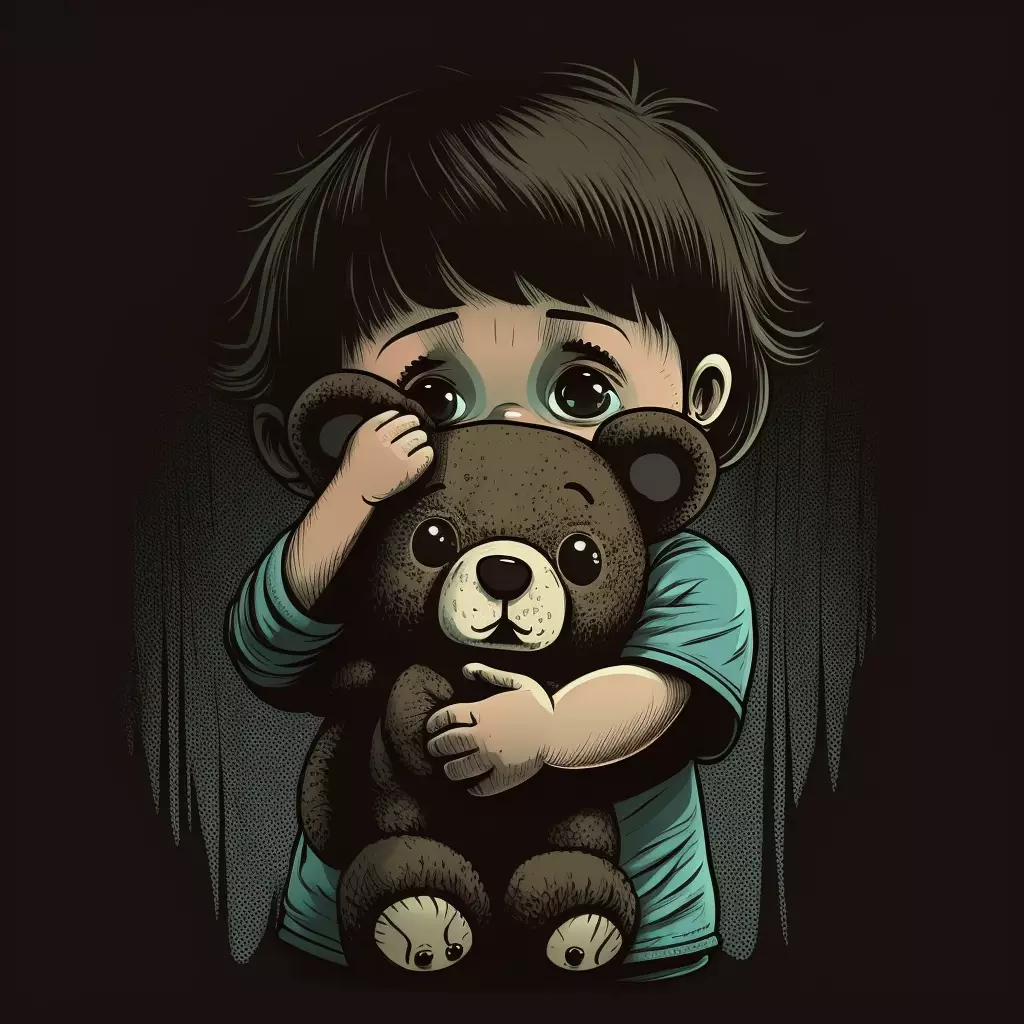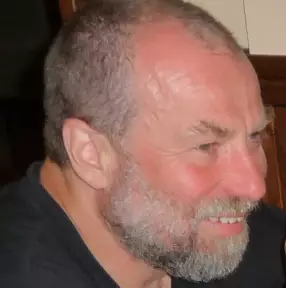Child abuse and neglect syndrome
Child abuse and neglect syndrome represent a serious problem, based on harsh, refusing or humiliating attitude towards the child. However, the form of the abuse doesn´t always have to be the physical one. The diagnostics, social and law aspects of the CAN syndrome remain very problematic, nevertheless, every doctor should be able to recognise the red flags and clinical symptoms of the CAN and to proceed adequately in this kind of situations.
Review
Child Abuse Syndrome (CAN) is defined as the impairment of a child's physical, psychological, and social well-being and development, resulting from any non-accidental actions by parents or other adults that are unacceptable in society. The symptoms of CAN arise from active harm or inadequate care. The adult perpetrator here exploits physical force or psychological dominance and power over the child, who is subordinate and dependent.
According to the Health Committee of the Council of Europe in 1992, the following categories are included in the CAN syndrome: psychological and physical abuse, sexual abuse, neglect, bullying, systemic abuse, secondary victimization, and Munchausen syndrome by proxy. The common denominator in all these phenomena is that the child is harmed, suffers psychologically or physically, and their further development is endangered.
It is reported that in the Czech Republic, as in other European countries, around 1-2% of children, or twenty to forty thousand children under the age of fifteen, suffer from CAN syndrome. The majority of abused children are under six years old. Infants and toddlers are most commonly victimized. According to experts, both boys and girls are equally affected by neglect and abuse. It is estimated that at least fifty children die each year in our country due to the consequences of abuse and neglect, while thousands suffer lifelong consequences.
The most common perpetrator of abuse is usually a man, typically the child's biological or stepfather. In such situations, mothers often assume the role of passive participants, tolerating the violent treatment of the child for various reasons. Women, as perpetrators, more often engage in neglecting the care of the child.
From the above, it is clear that penetrating the pathological family system where child abuse occurs is difficult. The signs, often vague and ambiguous, are often obscured and concealed by the participants in the abuse (perpetrators, witnesses, and victims) for various motives. Discovering the truth often requires significant experience, sensitivity, patience, instinct, and courage. The following case studies present characteristic manifestations and connections that should not escape our attention.
Sources
SVOBODA, Mojmír, Dana KREJČÍŘOVÁ a Marie VÁGNEROVÁ. Psychodiagnostika dětí a dospívajících. 4th ed. Praha: Portál, 2021. ISBN 978-80-262-1851-7.
POPELOVÁ Eliška, Martin KYNČL a Šárka ŠPECIÁNOVÁ. Postavme se na stranu dětí. Doporučení pro využití zobrazovacích metod při podezření na týrané dítě. [online]. Prague, 2021; ISBN 978-80-907347-3-9 [cit. 28.03.2023]. Available at: https://uploads-ssl.webflow.com/612ca84c365129cb60d559dc/613e4c0b9900f8312726ce17_doporuceni_ptd_e-verze.pdf
AKUTNĚ.CZ - VI. ročník konference Dětské polytrauma. AKUTNĚ.CZ Úvod [online]. [cit. 28.03.2023]. Available at: https://www.akutne.cz/news-detail/cs/1272-vi-rocnik-konference-detske-polytrauma/
BISKUP, Pavel. Diagnostika syndromu týraného, zneužívaného a zanedbávaného dítěte – doporučený postup určený lékařům primární péče. Pediatr. pro Praxi, 2001; 4: 164-168 [cit. 28.03.2023]. Available at: http://www.pediatriepropraxi.cz/savepdfs/ped/2001/04/02.pdf
NEDOROST, Erik, et al. Shaken Baby Syndrome. Pediatrie pro Praxi, 2020; 21(2): 107-12 [cit. 28.03.2023]. Available at: https://www.pediatriepropraxi.cz/pdfs/ped/2020/02/08.pdf
HAVRÁNEK, Petr, Helena HOMOLKOVÁ a Pavel TOMEK. Syndrom třeseného dítěte a jeho chirurgické aspekty. Pediatrie pro Praxi. 2012;13(2):76-78. [cit. 28.03.2023]. Available at: https://www.pediatriepropraxi.cz/pdfs/ped/2012/02/03.pdf
359/1999 Sb. Zákon o sociálně-právní ochraně dětí. Zákony pro lidi – Sbírka zákonů ČR v aktuálním konsolidovaném znění [online]. AION CS, s.r.o. 2010 [cit. 19.03.2023]. Available at: https://www.zakonyprolidi.cz/cs/1999-359
Formy náhradní rodinné péče. Průvodce [online]. [cit. 19.03.2023]. Available at: https://www.mpsv.cz/formy-nahradni-rodinne-pece
Metodické opatření Postup praktických lékařů pro děti a dorost při podezření na týrané, zneužívané a zanedbávané dítě (syndrom CAN). Ministerstvo zdravotnictví [online]. 2022. [cit. 28.03.2023]. Available at: https://www.mzcr.cz/wp-content/uploads/2022/09/Metodicke-opatreni-sy-CAN.pdf
Oddělení sociálně – právní ochrany dětí – PSP – portál sociální péče ve městě Brně. [online]. Copyright © Statutární město Brno [cit. 28.03.2023]. Available at: https://socialnipece.brno.cz/sluzby-mesta/odbor-socialni-pece/oddeleni-socialne-pravni-ochrany-deti/
Kdo je to poručník, opatrovník, pěstoun, osvojitel - Bezplatná právní poradna online zdarma pro všechny. [online]. Copyright © [cit. 28.03.2023]. Available at: https://www.bezplatnapravniporadna.cz/rodinne-pravo/stridava-pece-adopce-osvojeni/963-kdo-je-to-porucnik-opatrovnik-pestoun-osvojitel.html
Learning targets
2.The student knows the algorithm of physical and paraclinical examinations used within the diagnostic protocol of Child Abuse and Neglect syndrome.
3.The student understands the social and legal aspects of Child Abuse and Neglect syndrome.
4.The student is familiar with the basic clinical skills for communicating with the patient and their family members when suspecting Child Abuse and Neglect syndrome.
Key points
2. A physician has a notification obligation as soon as they suspect Child Abuse and Neglect syndrome. Failure to report or prevent abuse is a criminal offense.
3.The main documents protecting and governing children's rights are the UN Declaration of the Rights of the Child from 1959, the UN Convention on the Rights of the Child from 1989, Article 32 of the Charter of Fundamental Rights and Freedoms.





